TLDR
Sewer line replacement is expensive because it involves multiple cost factors including labor, excavation or trenchless methods, permits, specialized equipment, high-quality pipe materials, and property restoration after the work is done. Homeowners often see costs rise further due to local regulations, insurance gaps, and unexpected underground challenges.
The Real Reason Sewer Line Replacement Costs So Much
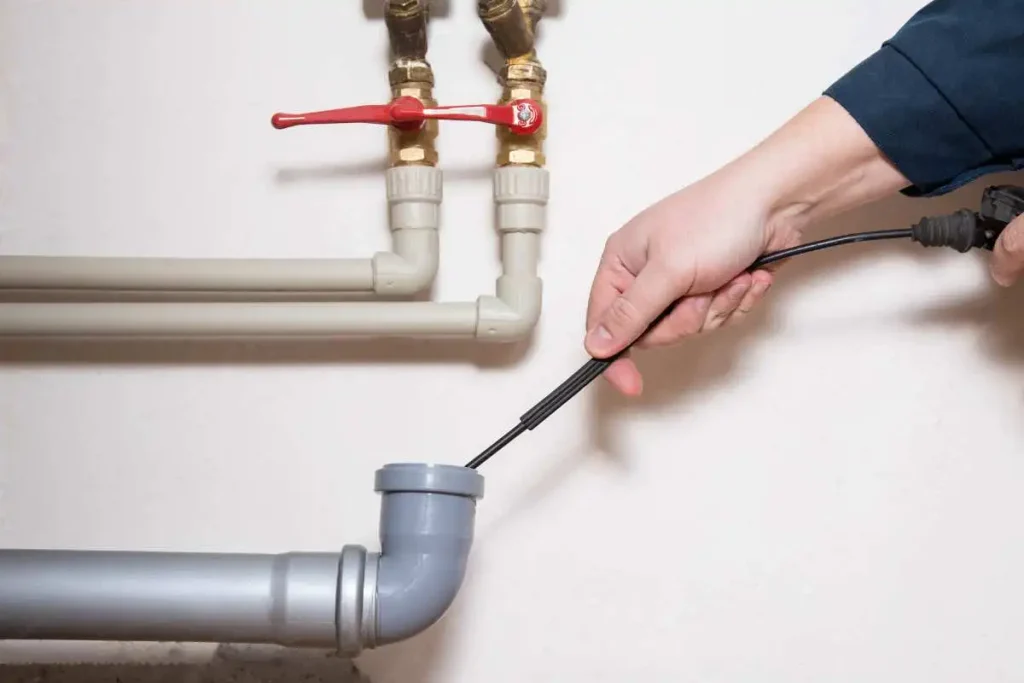
Replacing a sewer line is not a simple job. The pipe is underground, often beneath driveways, lawns, or even foundations. Reaching the damaged pipe involves excavation or trenchless technology.
Once the pipe is replaced, the area must be restored, which adds significant cost. Permits, inspections, and strict compliance with local codes also contribute to the expense. These layers combined explain why sewer line replacement feels so costly compared to smaller plumbing repairs.
Factors That Drive Up Sewer Line Replacement Costs
Excavation vs Trenchless Methods
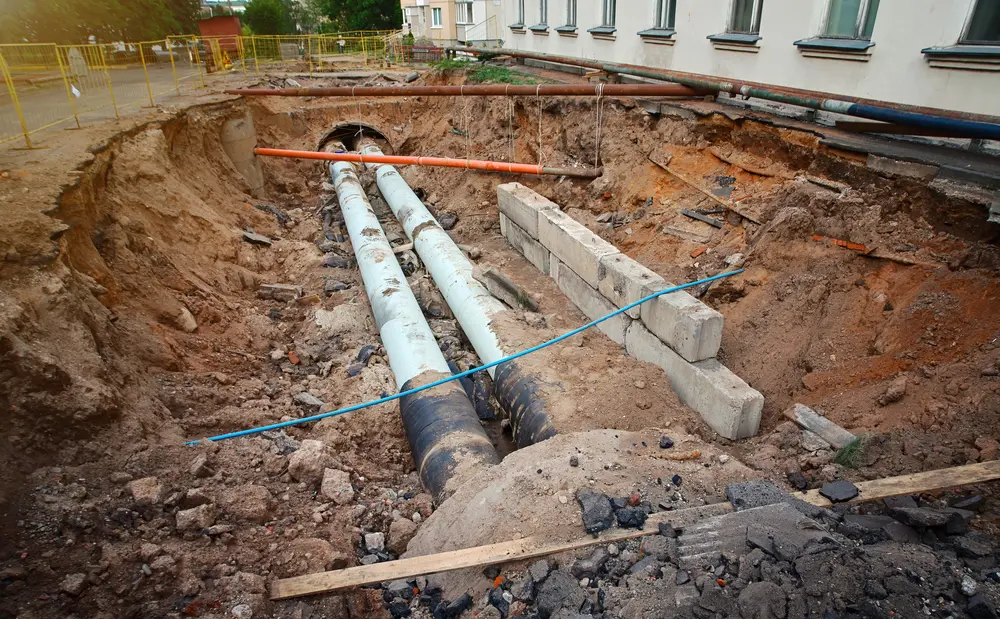
Traditional excavation requires digging a trench along the length of the pipe. This means tearing up yards, driveways, or sidewalks. The cost comes from:
- Heavy machinery
- Labor crews for digging and safety measures
- Full property restoration after installation
Trenchless sewer replacement avoids full digging. Methods like pipe bursting or pipe lining insert a new pipe with minimal surface disruption. This saves landscaping costs but requires specialized equipment and training, which makes it more expensive upfront.
Labor and Specialized Equipment
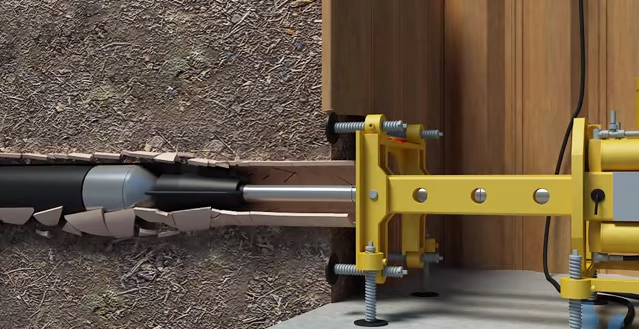
Plumbing contractors charge based on expertise and the complexity of the work. Licensed plumbers, excavation crews, and equipment operators all add to the cost.
Hourly plumber rates in Louisiana range from $85 to $150 depending on experience. Heavy machinery such as excavators, trenchers, or relining tools require rental fees and skilled operators.
Materials Used for Sewer Pipes
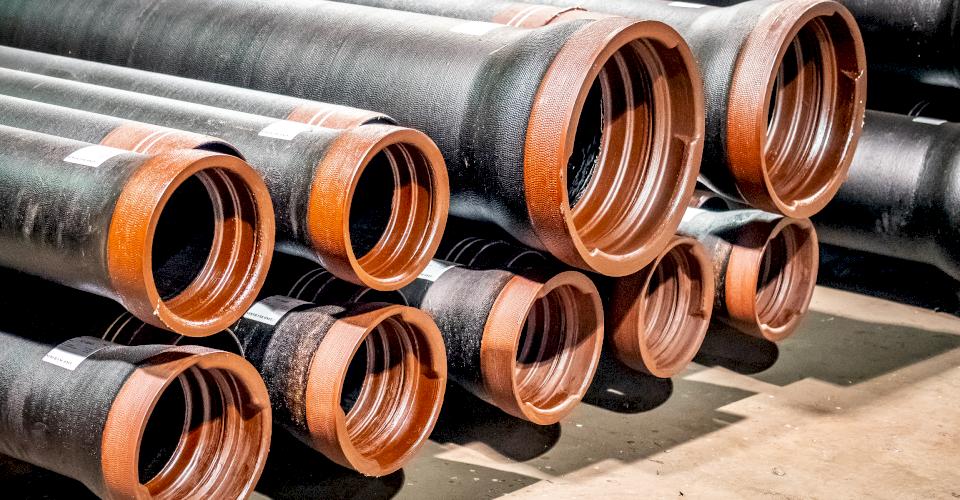
The type of pipe installed influences cost and lifespan. When considering replacement, it’s important to factor in sewer line durability, since stronger materials may cost more upfront but save money over time.
- PVC: Affordable, lightweight, resistant to corrosion, 50–100 year lifespan
- Cast Iron: Durable, quieter flow, but costly and prone to corrosion
- Clay: Traditional but brittle, easily broken by tree roots
- HDPE: Flexible, good for trenchless methods, but requires specialized installation
High-quality materials ensure fewer repairs in the future but increase the upfront cost.
Permits, Regulations, and Local Codes

Every sewer line replacement requires compliance with city or parish regulations. In Louisiana, permits for excavation and inspections are mandatory.
- Permit fees vary by city and project scope
- Inspections are required before and after replacement
- Delays can add labor and rental costs
Many competitors ignore this detail in content, but Sewer Solutions emphasizes the importance of compliance, as fines or failed inspections can cost homeowners more.
Property and Yard Restoration Costs
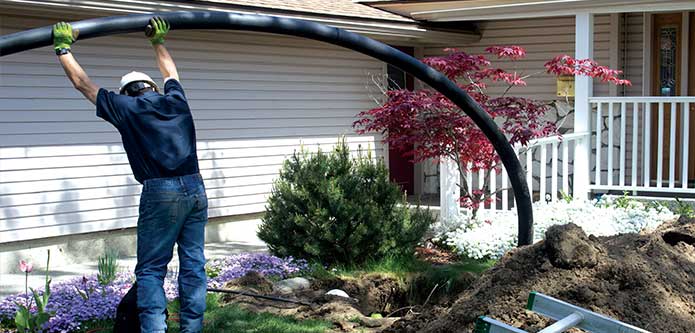
After replacement, the property must be restored. Expenses depend on what was disrupted:
- Lawn and landscaping
- Driveways and walkways
- Fences, decks, or patios
- Flooring or foundation if work was indoors
Restoration costs often surprise homeowners because they are separate from the plumbing contractor’s initial estimate.
Average Sewer Line Replacement Costs in Louisiana
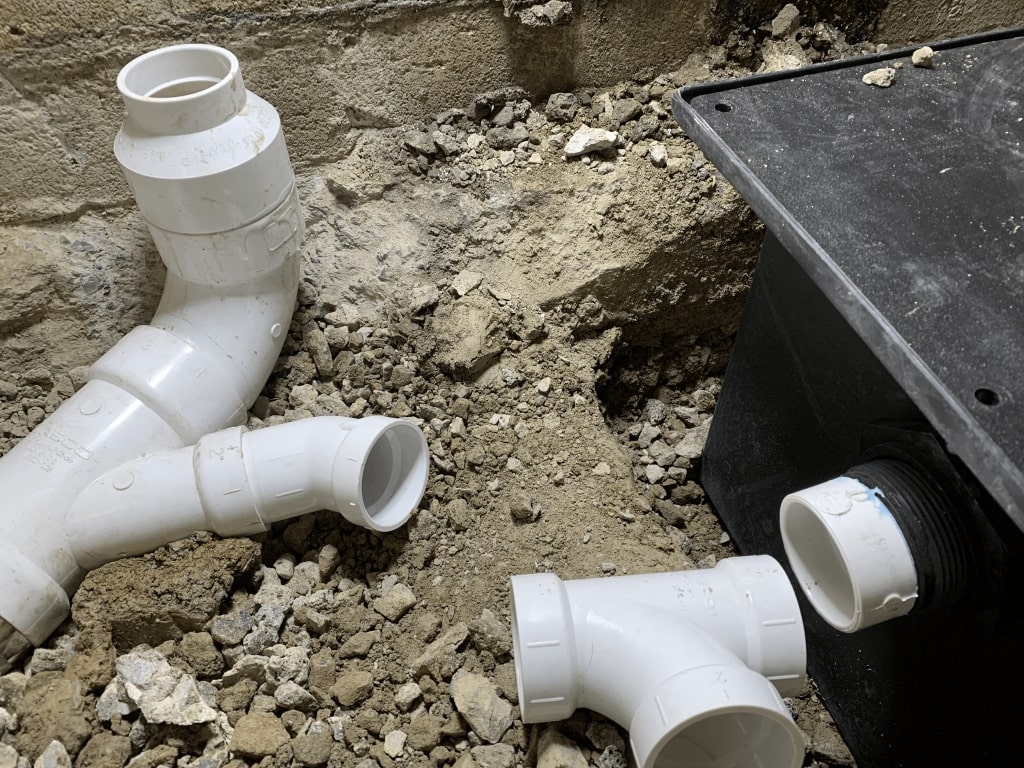
In Louisiana, sewer line replacement costs range between $3,000 and $25,000 depending on method and site conditions.
- Rural areas: Lower labor rates, fewer restoration expenses
- Urban areas: Higher labor rates, stricter regulations, more property impact
For comparison, national averages fall between $7,000 and $15,000. Louisiana’s lower cost of living reduces labor slightly, but soil conditions and flooding risks make excavation more difficult in some parishes.
Sewer Line Replacement vs Repair — Which Is Cheaper?
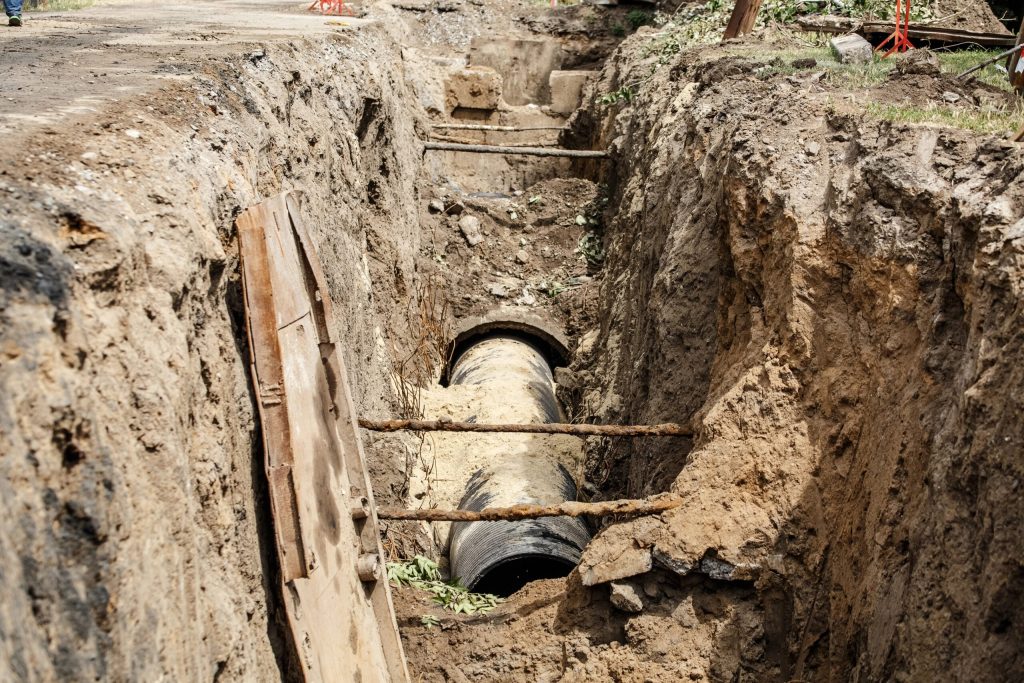
Repair is cheaper than replacement but is only possible when damage is limited.
- Repair costs: $1,000 to $4,000
- Replacement costs: $3,000 to $25,000
Repair is suitable for minor cracks, blockages, or small sections of pipe. Replacement is required when the pipe collapses, has multiple breaks, or is beyond repair due to corrosion or root damage. Sewer Solutions recommends a camera inspection first to determine the best option.
Can Insurance Cover Sewer Line Replacement?
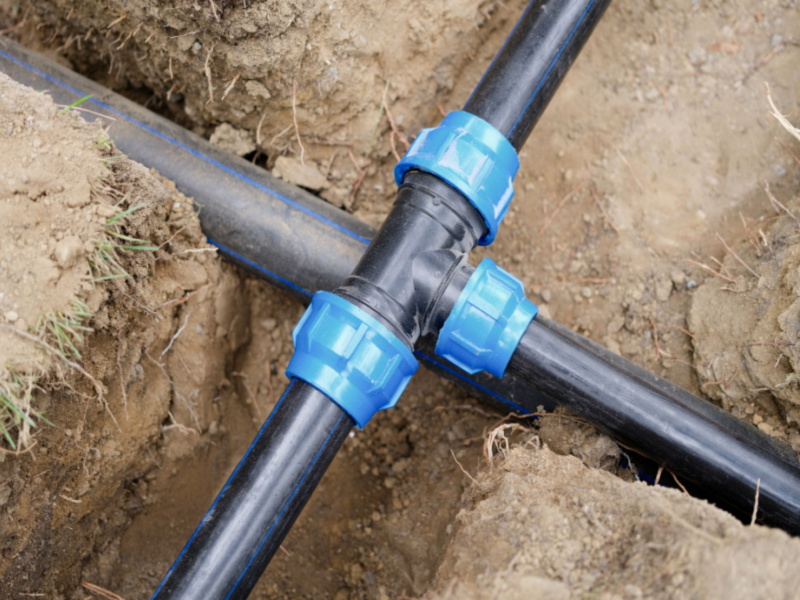
Homeowners insurance rarely covers sewer line replacement unless the damage was sudden and accidental. Wear and tear, root intrusion, and corrosion are not covered. Some insurance companies offer optional sewer line protection plans, which cost $10–$30 per month.
Review your policy and consider adding sewer line coverage if available. This small investment can prevent thousands in out-of-pocket expenses.
Ways to Save on Sewer Line Replacement Costs
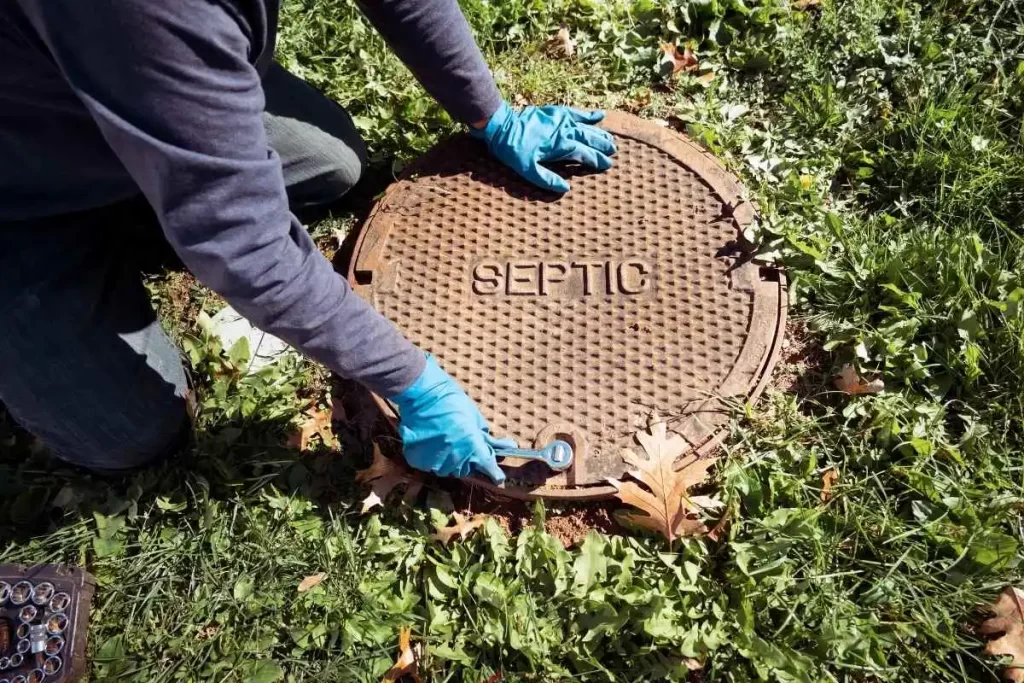
You cannot avoid every expense, but you can lower costs with planning.
- Get multiple quotes from licensed plumbing contractors
- Choose trenchless methods when they reduce restoration costs
- Schedule work during off-peak times when crews are more available
- Confirm all permits in advance to prevent delays
- Ask about financing or payment plans with your contractor
Sewer Solutions provides transparent estimates and offers guidance on selecting the most cost-effective solution.
Common Misconceptions About Sewer Line Replacement Costs
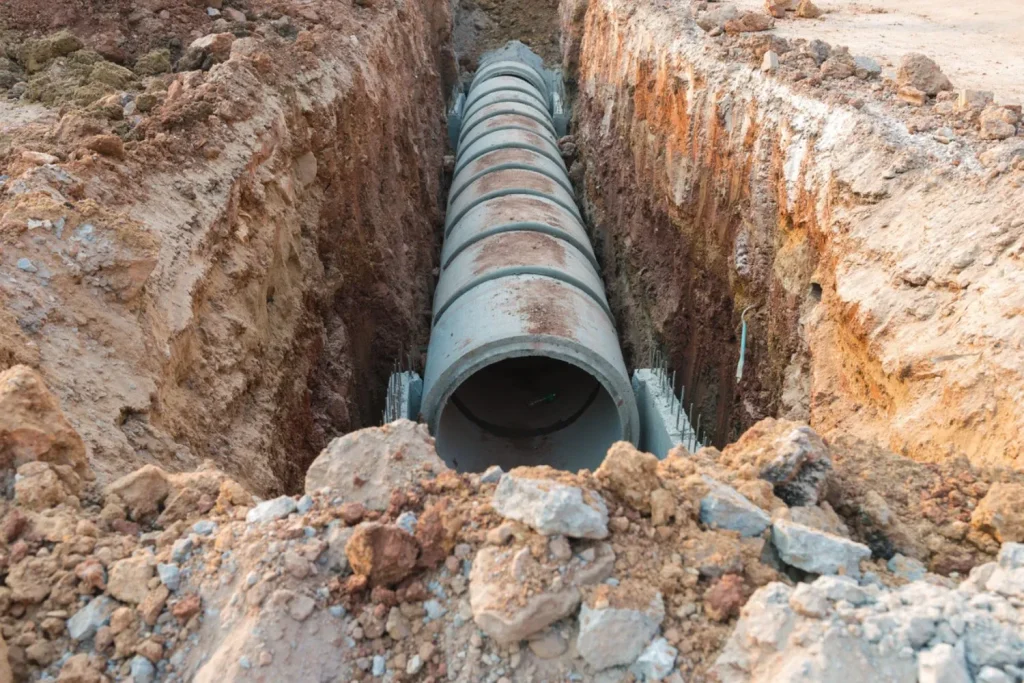
“Plumbers Overcharge”
Most costs come from labor, equipment, and restoration. Licensed plumbers charge fairly for the expertise required.
“DIY Is Possible”
Replacing a sewer line involves excavation, permits, and safety regulations. Attempting it without experience risks fines, property damage, and dangerous conditions.
“Trenchless Is Always Cheaper”
Trenchless saves money on restoration but requires advanced equipment. In some cases, traditional excavation remains the lower-cost option.
Sewer Solutions Expert Insight
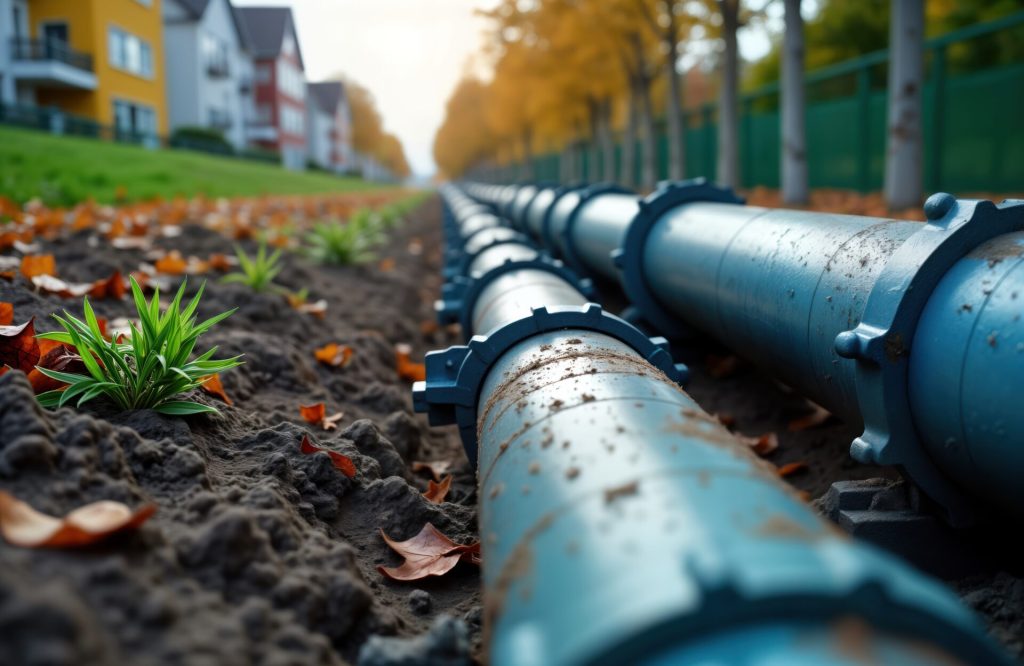
Sewer line replacement is expensive because it is a major construction project hidden beneath your property. From skilled labor to restoration, each step carries a cost. Sewer Solutions has seen homeowners struggle with sticker shock, but when done correctly, replacement provides decades of reliability and safety. Investing once avoids repeated emergencies and higher long-term expenses. For homeowners comparing sewer work with other services, reviewing septic inspection pricing can also provide useful context about how different underground maintenance projects are estimated and why professional inspections are so important before committing to a full replacement.
FAQs